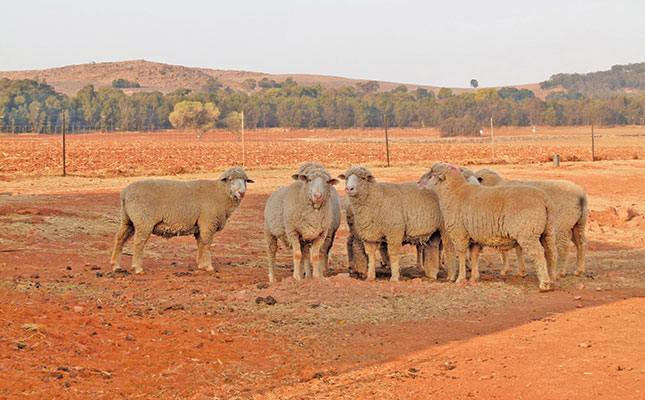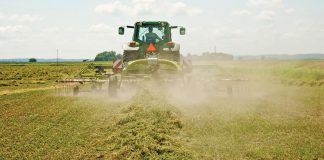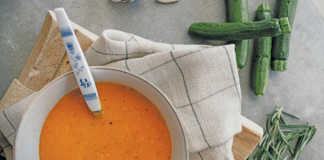
Photo: Supplied
Selection of rams and ewes is important for the improvement of any flock of sheep. All ram lambs not selected should be castrated. First select, then buy, the best rams.
When selecting a ram, look for the following faults that may require you to remove the animal from the flock.
Body
Examine every part of the body, starting with the head.
Head: A ram should have a strong head with good depth, breadth and length.
Pay attention to the following culling faults: overshot or undershot jaws, loose teeth, inverted eyelids, woolly face, jowls, double row of teeth; too much brown/black pigment around eyes, lips and tongue; and brown or black fibres on the horn buds.
Body: The body includes the neck, front quarters, middle and hind quarters. Body length is important and all the different parts must be joined together symmetrically. Look out for the following faults: U-neck, narrow chest/flat sides, devil’s grip (an indentation near the withers and down behind the shoulder, as if a string has been placed around that part of the sheep and tightened), hollow back, sharp or loose shoulders, drooping rump and flat hind quarters.
Legs: To graze, the animal must be able to move around. When judging the legs, keep an eye out for the following culling faults: X-hocks and front legs, sickle hocks, weak postern joints, split hooves, upright hocks, sandy legs, and brown or black hooves.
Size: Size is determined by the length, breadth and depth of the body. It is key for both wool and mutton production. The length of the body is the most important aspect. If the animal is too small for its age, it should be culled. Cull rams with the following reproduction faults: testicles too small and underdeveloped, an abnormally long scrotum, a split scrotum, one or no testicles, and any abnormality of the reproductive organs.
Wool: Judge the wool according to the following characteristics (the worse the problem, the more you should consider culling the animal):
Quality: This refers to the definition and evenness of crimp, the handle and the presence of deviating fibres. A lack of definition or regularity of crimp, harsh handling and noticeably coarse fibres or hair are indications that a sheep should be culled.
Yolk (lanolin): The ideal yolk is white to light cream in colour, and spread throughout the fleece. The absence of yolk indicates that the fleece is dry and weathered, while too much yolk will cause a yellow colour.
Fleece cover: This is the most important factor; it is determined by length, density and staple formation. The length is judged with regard to the previous shearing date. Cull the sheep if its wool is too short for a specific length, or has a watery staple formation, weathered tip or poor density.
Bellies and pieces: Belly wool must have a good length, good staple formation and good colour. A sheep with a creeping belly or very short and watery fleece can be culled. A sheep may have excellent wool, but if its conformation is poor, cull the animal (and vice versa).
The final judging of a wool sheep must be done by taking into account both its wool and its conformation. If the wool is stronger than 27 microns, cull the sheep.
The same norms and standards apply to ewes. On reproduction, cull any ewes with spoiled udders, teats that are too small, and kalbas (gourd-shaped) teats.
Source: nda.agric.za










